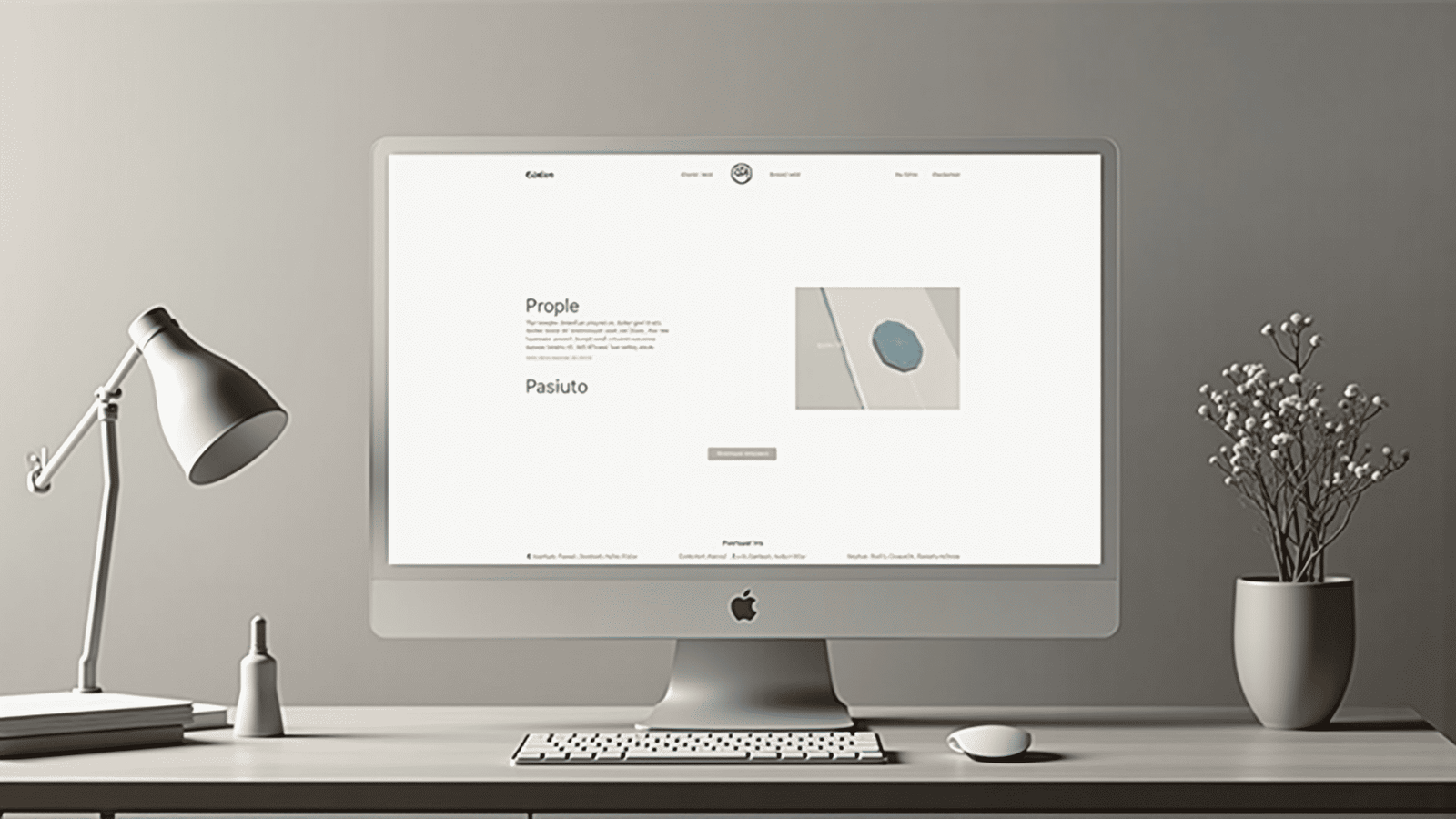In the digital age, where attention spans are dwindling and information overload is a common concern, minimalist web design has emerged as a breath of fresh air. By embracing simplicity and focusing on essential elements, minimalist design not only creates an elegant aesthetic but also enhances user experience and functionality. Discover how minimalist design principles can transform your website into a seamless, engaging, and user-friendly platform.
At its core, minimalist web design revolves around the KISS principle: Keep It Simple, Stupid. It advocates for stripping away unnecessary elements and focusing on what truly matters. This approach not only reduces visual clutter but also directs the user's attention to essential content, helping them navigate the website with ease.
One of the primary benefits of minimalist design is improved user experience. By eliminating distractions and emphasizing key messages, visitors can effortlessly find the information they are seeking. This streamlined approach also enhances site speed, as fewer elements generally mean faster loading times, an essential factor in retaining user engagement in today’s fast-paced digital world.
In terms of aesthetics, minimalist design is synonymous with elegance. Clean lines, ample white space, and a limited color palette create a sophisticated and modern look. The use of white space, in particular, is significant as it provides breathing room for content, allowing each element to stand out and speak for itself. This simplicity evokes a sense of calm and order, making the website not only visually appealing but also easier to digest.
While the minimalist approach revolves around simplicity, achieving it is not as straightforward as it might seem. The challenge lies in making thoughtful decisions about what to include and what to exclude. Every element, from typography to imagery, needs to have a clear purpose. This requires a strategic mindset, focusing on content hierarchy and user journey to ensure that the website fulfills its goals while maintaining its minimalist ethos.
Interactive elements in minimalist web design are also carefully curated. Rather than overwhelming users with excessive animations or complex navigation, subtle transitions and intuitive interfaces are preferred. This helps maintain the website’s clean aesthetic while enhancing user interaction. The goal is to create a seamless and intuitive path for users, guiding them effortlessly through their digital journey.
Furthermore, minimalist design is inherently adaptable, making it ideal for mobile-first design. With a growing number of users accessing websites via mobile devices, ensuring your website is responsive and user-friendly across all screen sizes is more important than ever. Minimalism supports this need, offering a layout that scales naturally and maintains its functionality without a hitch.
To implement a minimalist design effectively, start by defining the core purpose of your website and prioritize the elements that support it. Focus on content that delivers value and enhances user engagement. Use a consistent and limited color scheme, legible typography, and high-quality images that align with your brand’s identity. Regular testing and feedback loops can also be invaluable in fine-tuning the user experience.
In conclusion, embracing minimalism in web design is about more than just reducing complexity—it's about finding clarity and focus. By prioritizing essential elements and presenting them in a clean, unadulterated manner, your website can provide a visually pleasing, intuitive, and effective user experience. In the crowded online landscape, where every pixel counts, minimalism offers a path to stand out, connect with your audience, and create a lasting impression.
